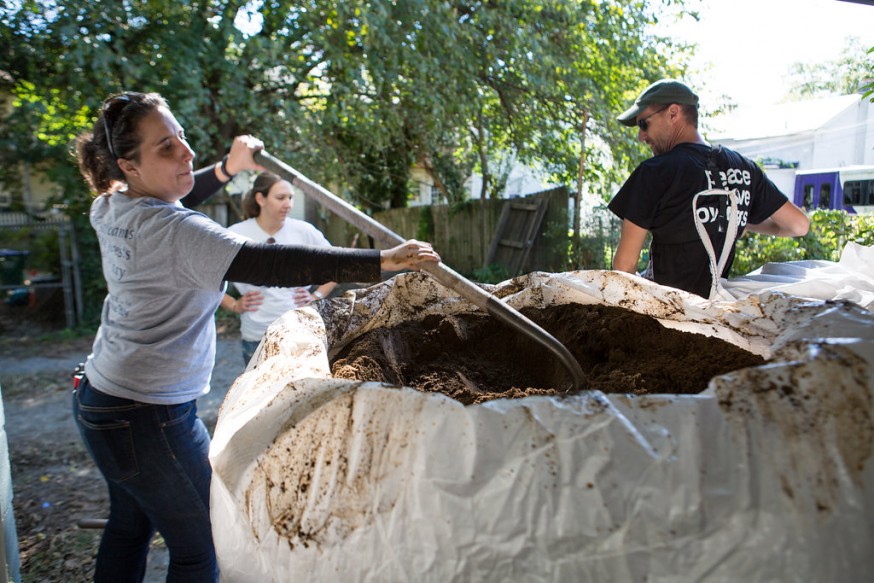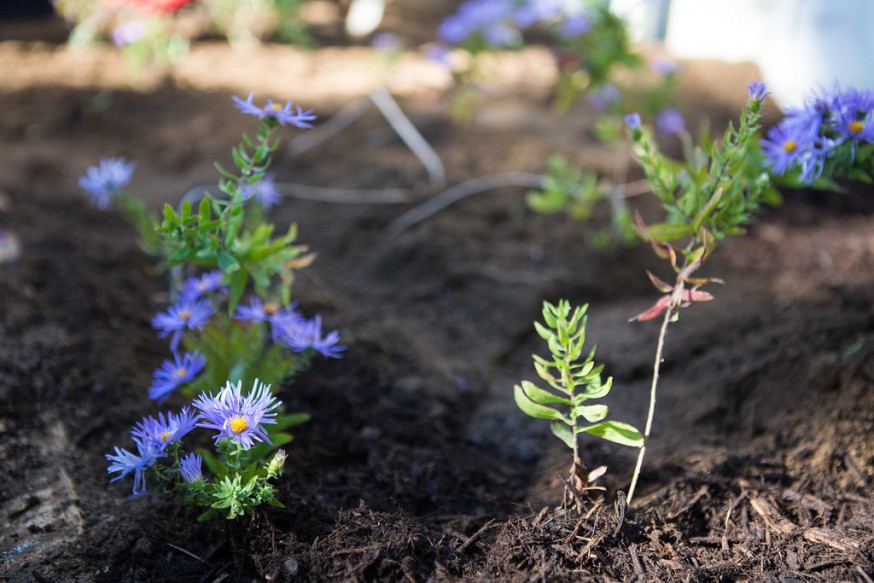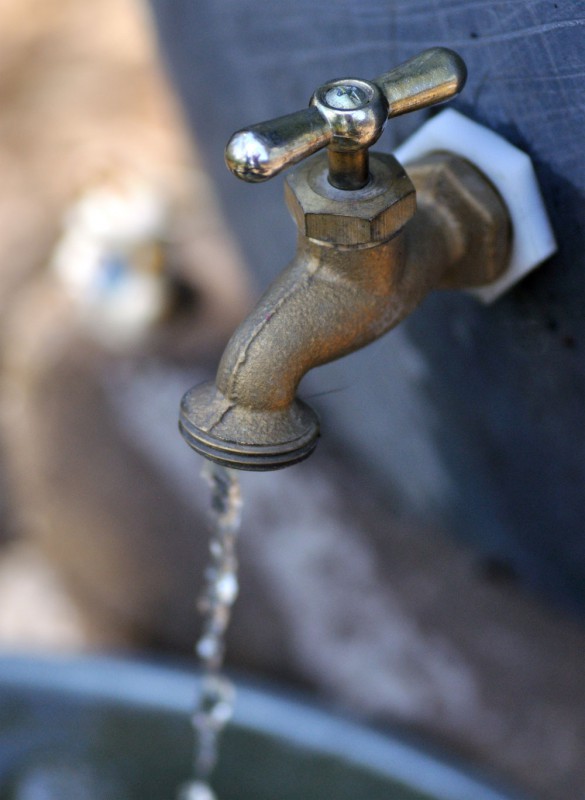Waste Not, Want Not
Runoff Busters, we know the holidays are a time for you to relax with family and friends. There’s a way to keep busting runoff in your yard even in the winter months: Cold-weather composting.
The Environmental Protection Agency recommends compost as a stormwater management strategy for a variety of reasons. Compost reduces erosion, improves soil structure and plant growth, and retains large volumes of water – providing a permeable surface to absorb stormwater and all the pollutants it carries.
Baby, it’s cold outside – but your compost pile doesn’t have to be. Try to place your compost pile in a sunny space, and cover it with a tarp. You can also surround it with straw bales to shield it from the elements. Scrape off snow only when adding a fresh layer of materials, and wait until spring to turn the pile so you don’t disturb the insulation.

A compost pile is easy to start- and with some simple practice, it really does all the work for you. The resulting organic topsoil is just what your landscape needs, at no extra cost to you.
Your compost pile should be at least a four-foot cube, although the pile will shrink as decomposition occurs. The core of the pile should stay hot due to the microbial decomposition inside. To keep the heat in, shred materials before adding them to the pile and layer them to help it heat evenly. A temperature of 110-140°F is ideal (you can check with an old kitchen thermometer).
A great way to begin a new compost pile is with a thin layer of evergreen branches (such as from your Christmas tree) to help circulate air at the base. Start by adding half high-carbon materials (brown plant matter), and half high-nitrogen materials (green plant matter). Alternate layering your carbon and nitrogen-rich materials with soil between them. Then, soak the pile with water- it should be as damp as the sponge you wrung out after washing those Thanksgiving dishes.
The leftover ingredients from your holiday meals can also feed the beneficial microbes in your compost pile. We generate about 246 million tons of waste in the United States each year. The largest component of this waste is yard trimmings and food scraps. Between Thanksgiving and New Year’s Day we create three times more food waste than other times of the year.

Your spring plantings will love some fresh compost that spent most of the winter decomposing!
Most of this waste is perfect for your compost pile. Kitchen scraps (such as fruit and vegetable peelings from sweet potatoes or pumpkins), tea or coffee grounds, and egg, nutshells, or flour (from holiday baking) are sources of nitrogen. For carbon-rich ingredients, use straw, leaves, or sawdust. Even small amounts of ashes from your fireplace can add minerals like calcium, phosphorus, and potassium to your finished compost. Home composters should avoid including meat or seafood though because of the risk of bacterial contamination and of attracting animals to your compost pile.
In a few months when your compost is ready, it can be used to build a rain garden. You should amend the soil mixture to contain about 25% compost. So if installing a rain garden is on your New Year’s resolution list, now is a great time to get started on your compost pile!
For more information, visit:
How to Compost: Hot and Cold Methods (via Almanac.com)
Cold Weather Compost (via Rodale’s Organic Life)
How to Use Your Christmas Tree in Your Garden (via Organic Gardening About)
